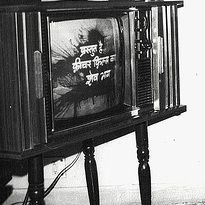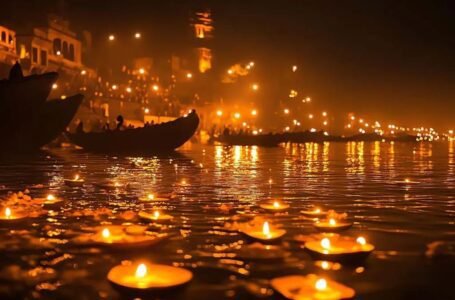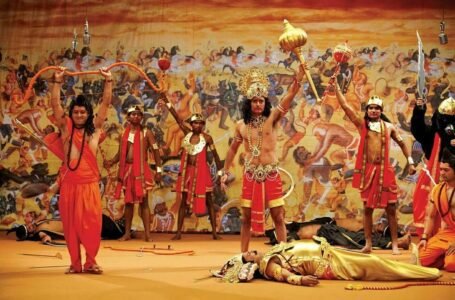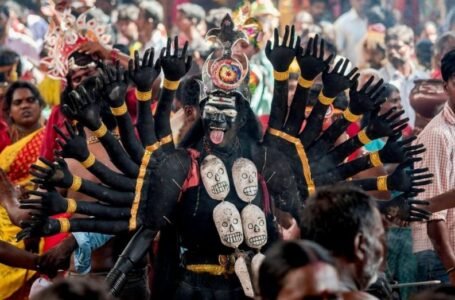From Scrolls to Screens: Evolution of Storytelling in India

Storytelling in India has been more than a form of entertainment; it has been a sacred thread weaving together generations, cultures, and philosophies. From the echo of chants in ancient forests to the glow of digital screens today, storytelling in India has evolved through varied mediums—oral traditions, palm-leaf manuscripts, theatre, print, cinema, and now, digital platforms. Each transformation reflects not only technological advancement but also the changing psyche and pulse of Indian society. This journey from scrolls to screens is a fascinating reflection of how stories adapt while holding onto their core: human experience.
In ancient India, storytelling thrived as an oral art long before the written word became widespread. The Vedas, composed between 1500–500 BCE, are a testament to this oral culture. Passed down through memorization and recitation, they demonstrate the meticulous discipline and reverence with which stories and knowledge were preserved. It wasn’t just religious texts—tales from the Panchatantra, Hitopadesha, and Jataka stories also formed a huge corpus of narrative traditions, aimed at moral and practical wisdom. These stories were dynamic, changing slightly with every teller, yet retaining their core values. The oral tradition allowed stories to remain alive, communal, and participatory.
As time moved forward, the invention and adoption of writing gave Indian storytelling a new medium—manuscripts. Palm leaves and birch bark became scrolls on which epics like the Mahabharata and Ramayana were documented. These epics, although possibly shaped by centuries of oral traditions, found their stable form through these written texts. Inscriptions, royal edicts, and religious literature also flourished in classical languages like Sanskrit, Prakrit, Pali, and later in vernaculars such as Tamil, Kannada, and Bengali. Storytelling took on scholarly dimensions, preserved in temples, courts, and educational institutions like Nalanda and Takshashila.
Simultaneously, performance-based storytelling became popular across regions. Theatres, puppetry, and folk traditions brought stories to life for those who could not read or write. Forms like Kathakalakshepam in South India, Katha in North India, and Baul storytelling in Bengal blended music, dance, and narration. The Yakshagana, Therukoothu, and Tamasha offered grand spectacles that were immersive and culturally rich. These performances were often held in village squares and temple courtyards, connecting stories to people’s everyday lives, rituals, and seasonal festivities. Storytellers became revered figures, often seen as spiritual guides and entertainers.
The arrival of Persian and Islamic influences during the medieval period added further complexity and richness to Indian storytelling. Sufi saints used parables and poetic metaphors to speak of divine love and unity. The Persian dastan tradition gave rise to epic tales of adventure and romance such as Dastan-e-Amir Hamza. Urdu, a language born from the mingling of Persian, Arabic, and Indian tongues, flourished with ghazals, nazms, and qissas. The syncretic culture encouraged storytelling that was both devotional and worldly, grounded in both the sacred and the profane.
The invention of the printing press in the 19th century revolutionized storytelling by making books widely available. For the first time, narratives could reach masses without oral intermediaries. The Indian Renaissance, fueled by figures like Raja Ram Mohan Roy, Bankim Chandra Chatterjee, and later, Rabindranath Tagore, saw a flourishing of literature in regional languages. Novels, short stories, essays, and journals became new storytelling formats. Social reform movements used print to challenge customs, caste, and colonial power, shaping new national narratives. The rise of women writers also brought new perspectives, as the home and the feminine experience became valid narrative spaces.
With the arrival of cinema in the early 20th century, storytelling took yet another leap. Dadasaheb Phalke’s Raja Harishchandra (1913), India’s first full-length feature film, adapted mythology for the silver screen. The early decades of Indian cinema were dominated by mythological and historical themes, mirroring the epics and folk tales that had been central to Indian storytelling for centuries. But gradually, cinema expanded to include stories of social injustice, romance, partition, and modernity. Bollywood, with its unique blend of music, drama, and emotion, became a powerful vehicle for storytelling, accessible to both urban and rural audiences. Parallel cinema, led by filmmakers like Satyajit Ray, Mrinal Sen, and Shyam Benegal, explored realism and human psychology, offering nuanced narratives that reflected India’s socio-political transformations.
Television in the 1980s and 90s further revolutionized storytelling. Shows like Ramayan and Mahabharat by Ramanand Sagar and B.R. Chopra brought epic narratives to the household level. Every Sunday morning, families would gather to watch these stories unfold on screen, creating a shared cultural moment. Later, serials like Hum Log, Buniyaad, and Malgudi Days added modern dimensions, portraying middle-class life, aspirations, and nostalgia. Television also helped regional narratives gain visibility as Doordarshan expanded its language offerings.
With the advent of the internet and mobile technology in the 21st century, storytelling entered a digital era. Social media platforms, YouTube, podcasts, blogs, and web series have democratized storytelling like never before. Anyone with a phone can now tell a story, be it through an Instagram reel, a tweet, or a YouTube vlog. This has given rise to fresh voices, experimental formats, and hybrid genres. Platforms like Netflix, Hotstar, and Amazon Prime are producing content that is regional, global, and deeply personal. Shows like Sacred Games, Paatal Lok, The Family Man, and Delhi Crime demonstrate how Indian storytelling has matured—embracing complexity, questioning power structures, and breaking stereotypes.
Interestingly, digital media has not replaced traditional forms entirely but coexists with them in a dynamic interplay. Storytellers now revive folklore through animations, podcasts revisit ancient myths with modern interpretations, and Instagram poets create couplets inspired by classical ghazals. Artists like Neelesh Misra and series like Stories by Rabindranath Tagore are examples of how the old and the new fuse together. Mobile apps teach children mythological stories through games, while YouTube channels bring kathavachak traditions to global audiences. The screen, once limited to cinema halls or televisions, now fits into a pocket, but the essence of storytelling remains intact: a quest for meaning, identity, and connection.
It’s also worth noting that storytelling in India has always been inclusive of multiple forms—written, oral, performative, visual, and now, virtual. The concept of navarasa (nine emotions) in Indian aesthetics reflects the wide emotional range that stories aspire to touch. Whether it’s the love and longing of a ghazal, the moral dilemma of a folktale, or the raw realism of a web series, Indian storytelling continues to explore these emotional landscapes with depth and innovation.
The future of storytelling in India looks promising, especially as regional voices gain platforms and language barriers dissolve through subtitles and dubbing. Artificial Intelligence, augmented reality, and interactive fiction are creating new narrative possibilities. Yet, as advanced as the medium may become, the heart of storytelling remains human. The desire to understand the world through stories, to connect with others, and to imagine new realities continues to drive this age-old tradition forward.
In conclusion, the journey from scrolls to screens is not a linear path of progress but a spiral—each phase builds on the past, adapts to the present, and shapes the future. Indian storytelling, with its rich heritage and dynamic adaptability, exemplifies this beautifully. Whether recited under a banyan tree, printed in a magazine, projected in a theatre, or streamed on a smartphone, stories remain central to how India remembers, resists, reimagines, and relates. The screen may have replaced the scroll, but the soul of the story endures—vibrant, evolving, and eternal.


